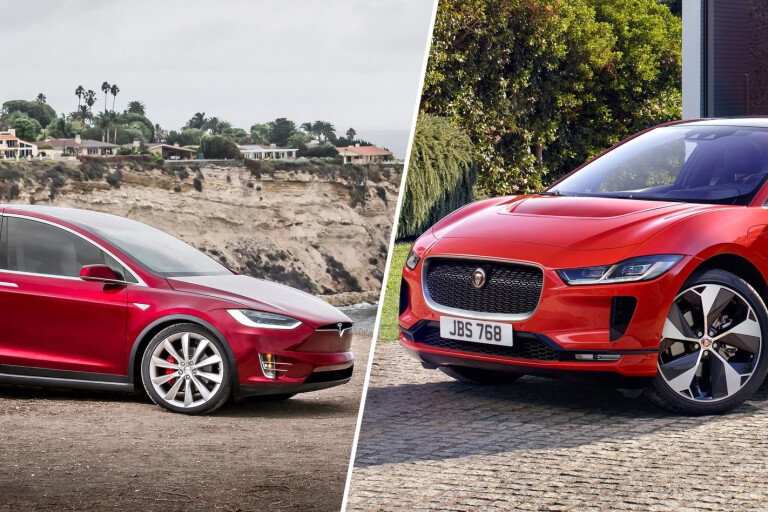
As the pioneer into large scale pure electric vehicles, Tesla has enjoyed a virtually monopolised market in recent years, but as other manufacturers take note and release their own EV interpretations, the US technology company’s territory is under invasion.
Jaguar’s fresh I-Pace is one such newcomer, which glides silently onto the scene right under the Tesla Model X’s nose, offering a second high-performance luxury SUV option, albeit in a smaller package.
Here’s how the Tesla Model X competes on paper with its first true rival in an emerging but potentially lucrative segment.
Price:
For now, Jaguar’s first all-electric model will be available as a single S variant priced from $119,000 - exactly the same as the cost of entry to Tesla’s Model X. Coincidence? We think not. In a Tesla showroom, that money puts the base Model X 75D on your driveway.
Tesla does offer a 100D and P100D variant of the Model X, but they’ll set you back about $142,900 and $203,600 respectively. Until Jaguar confirms additional I-Pace variants, the Jag competes with the 75D.
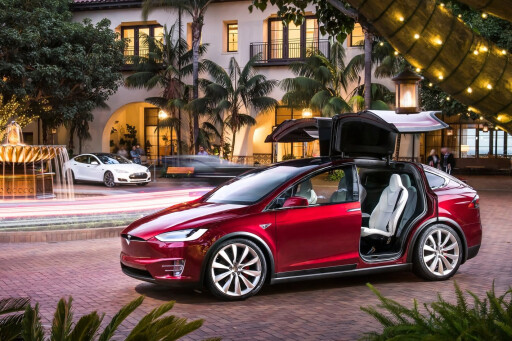
For the cash, both SUVs offer a fully-electric drivetrain with all-wheel drive, over-the-air software and technology updates, athletic performance, SUV proportions and convenience, as well as high-level semi-autonomous driving assistance features.
Jaguar is expected to offer a more generously equipped SE and HSE version that shares the same drivetrain at a later date.
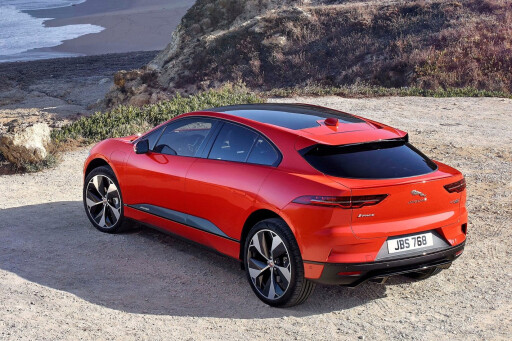
Performance:
Neither car are inadequate in the acceleration and off-the-mark punch department, with instant torque and maximum traction available from a pair of electric motors and all-wheel drive.
At full throttle, the Tesla’s dual motors combine to produce 241kW and 525Nm, but the I-Pace manages a more impressive output of 294kW and 696Nm. And that’s reflected in the official acceleration figures.

With a zero to 100km/h dash of 4.8 seconds, the Jaguar is the drag champion of the two leaving the Tesla in its turbulent but clean air and its time of 5.2 seconds.
The Model X is the V-max victor of the pair and will keep battling air resistance up to a maximum speed of 210km/h, while the I-Pace levels out at an even 200km/h.
With the official reveal of the I-Pace, Jaguar staged a race with a Model X 75D and 100D, which appears to show the Jaguar completing a standstill to 60mph (97km/h) and back to zero run in a distance about a car length shorter than even the more expensive 100D Tesla.
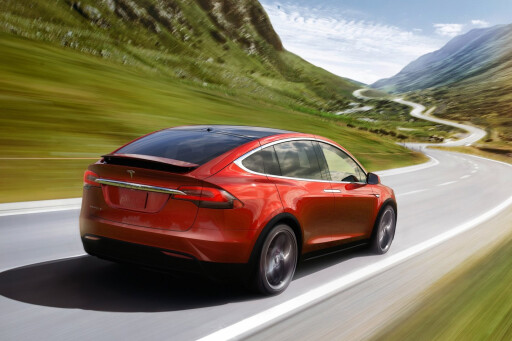
Battery:
Both vehicles use a lithium ion battery pack with a capacity of 75kWh for the Tesla and 90kWh in the Jaguar. That equates to a range of 480km, says Jaguar, while Tesla claims its Model X will go 417km before needing a plug in.
Charging times are critical to EV customers, who want a minimal compromise over liquid and gas-fuelled vehicle that are relatively fast to refuel.
Jaguar claims an I-Pace owner can give their car an 80 percent charge in 40 minutes from ‘public charging’ (100kw) or a 15-minute plug in will top the battery up with enough juice for 100km.
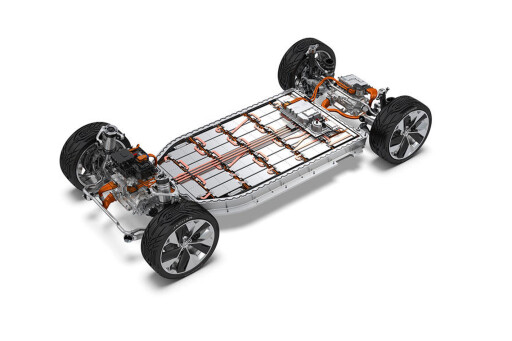
Tesla, on the other hand, offers its customers rapid charging as long as they have access to one of its exclusive Superchargers and an 80 percent top up in about 30 minutes. Critically though, Tesla charges for use of its network once an initial complementary credit has been used up.
Like a mobile phone battery, EV batteries degrade over time and won’t offer the original range. Jaguar offers an eight-year battery warranty that will cover the unit if it drops below 70 percent of the original capacity within 160,000km, but Tesla does not guarantee the Model X battery for degradation.

Practicality:
With larger overall dimensions, the Tesla offers more space inside for occupants and luggage. The I-Pace seats a maximum of five, while the Model X can be optioned up to accommodate seven.
Rear cargo volume measures 716 litres or up to 1453L with the seats folded and 27 litres in the Jaguar’s underbonnet storage compartment, while the Tesla weighs in with up to 2492 litres of combined storage when its cabin is fitted with five seats.
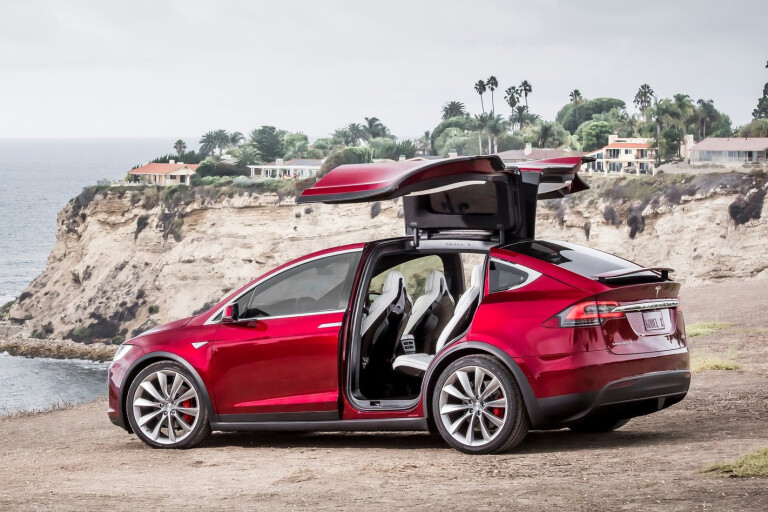



COMMENTS